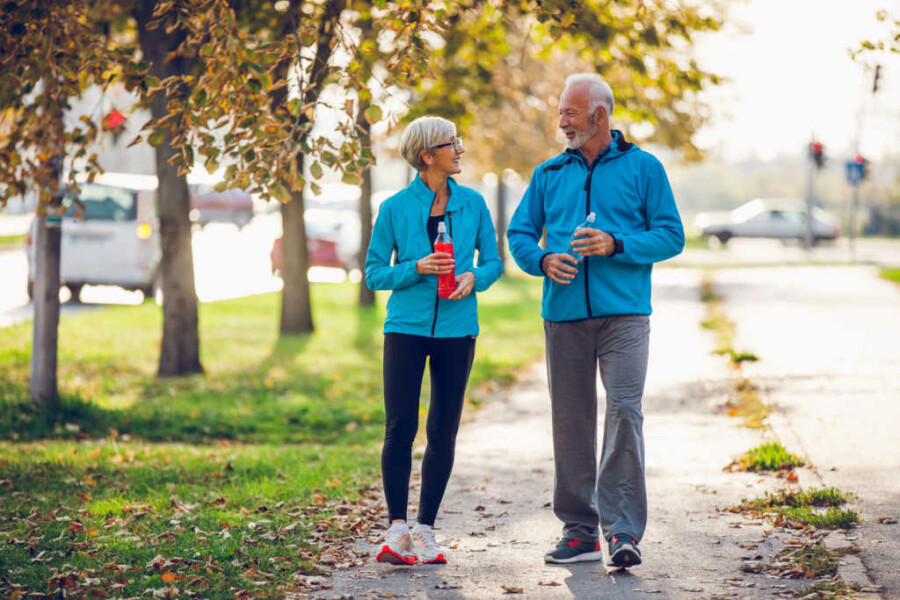Which Exercises Are Safest for Varicose Veins?

Not all exercises are good for those suffering from varicose veins. Here are some to try — and some to avoid.
If you have varicose veins along your legs, you’ve probably been told to exercise. That’s because working out routinely increases blood circulation and controls your weight, which can help mitigate the painful symptoms of varicose veins. Varicose veins are caused when blood can’t flow upward to the heart due to a host of reasons, including carrying extra pounds or sitting or standing for long periods — so it makes sense that exercise could help.
Though exercise is beneficial for those with varicose veins, you may wonder which exercises are actually safe to do. That’s a smart impulse; overheating or overstraining can cause more harm than good to your veins. In general, it’s recommended that you stick to low-impact aerobic activities for the most benefits and the lowest risk.
Working Out with Varicose Veins
The best exercises for varicose vein patients are typically those that help strengthen the calf muscles. Here are some to try:
Walking or cycling: Perhaps the best way patients with varicose veins can get some exercise is by putting on a comfortable pair of shoes and walking. Walking doesn’t just stretch and build up the calf muscles — thereby boosting blood flow — it’s also easier on the joints. A brisk stroll for 30 minutes a day, five days a week, promotes healthy veins. Similarly, riding a stationary or elliptical bicycle helps course the blood through the veins in the calf without straining the bones or joints.
Swimming: Another low-impact aerobic activity, kicking your legs while swimming moves the blood upward from the legs to the heart. In addition, as you swim, your legs stay above your heart for most of the workout. This position drives the blood flow from the lower extremities to the heart.
At-home Exercises: When you can’t make it to the gym, swimming pool, or walking trail, you can practice some at-home exercises that work the calf and thigh muscles. Here are two easy ones:
Calf Raises: Hold onto a chair for support as you stand. Raise up on your toes and then lower yourself back down. Do two sessions of between 10 and 15 raises.
Thigh Raises: Alternate between sitting in a chair and standing up. Do this 10 to 15 times, rest, and then do another 10 to 15 repetitions.
Exercises to Avoid if You Have Varicose Veins
Any exercise that exerts too much pressure on the veins should be avoided. These include:
Weightlifting: Lifting heavy weights stresses the abdominal muscles, which impedes blood flow between the legs and heart. This pressure causes the blood to pool in the veins, damaging the delicate valves. If you still desire to lift weights, switching to lighter weights, exhaling as you lift, and keeping your legs parallel or above your heart when you raise the weight can mitigate some of these effects.
Running: Although running and jogging are great aerobic, circulation-boosting exercises, these activities can be hard on the joints and the leg veins. If you still wish to run, skip the hard pavement and instead run along softer surfaces like grass.
It’s also a good idea to avoid squats, sit-ups, lunges, crunches, or yoga exercises that require extended abdominal posturing. No matter which exercise you do choose to participate in, it’s always a good idea to wear compression stockings for optimal circulation.
If you’d like to learn more about exercises to reduce the symptoms of varicose veins, the specialists at the Center for Vein Restoration can advise you on a workout routine especially designed for your vein health, safety, and comfort level. Contact the office today for an appointment.